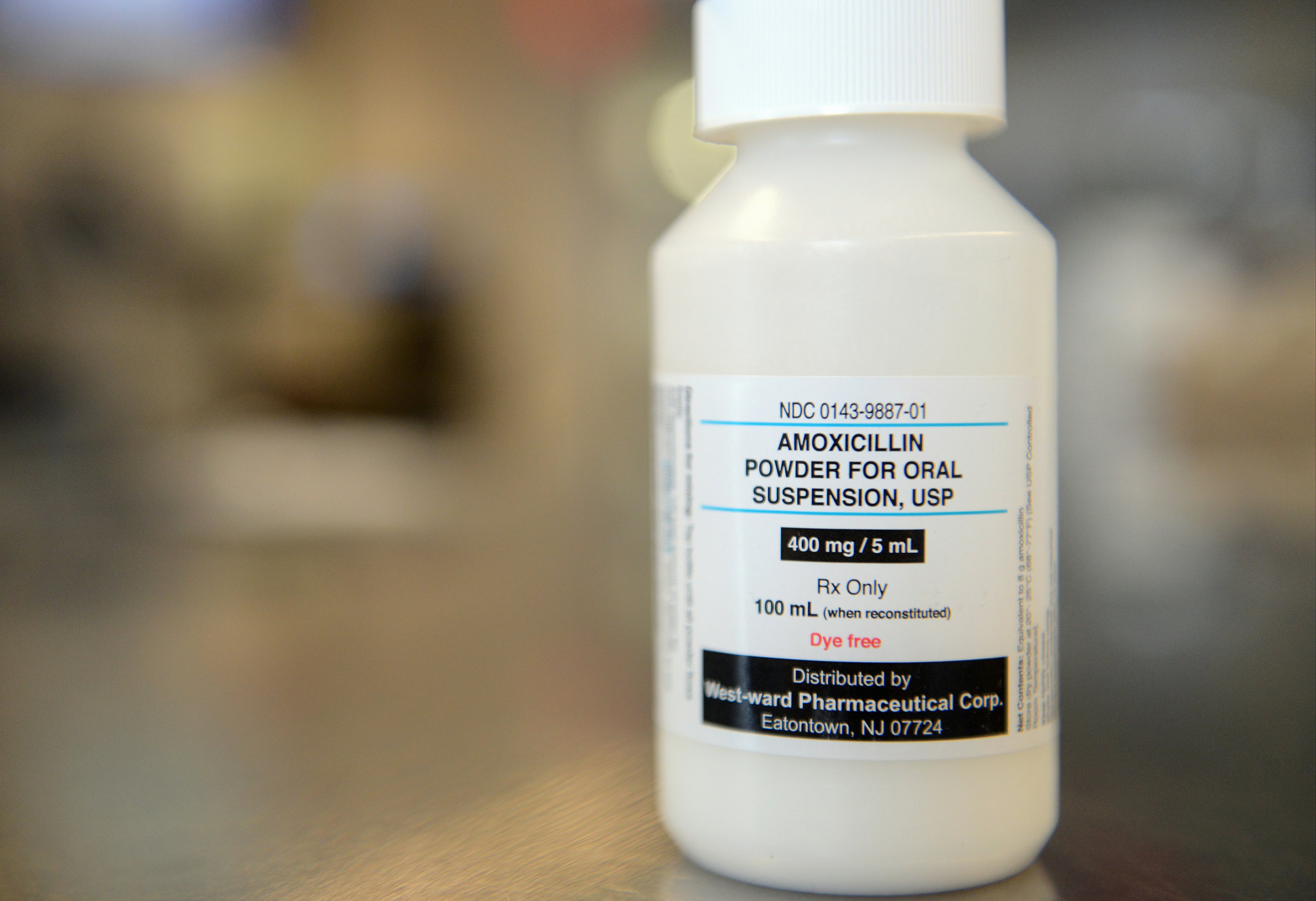
At the heels of a tripledemic — this season’s collision of Covid-19, the flu, and respiratory syncytial virus (RSV) — comes the rise of invasive group strep A infection (or iGAS). Seen mostly among children, cases of the infectious disease are popping up all over Europe and in some states in the U.S. In the U.K., 21 children (aged 18 and younger) have died, along with 73 adults. In the U.S., where the first spike of invasive strep A was detected in November in Colorado, two children have died.
Shortly before Christmas, the CDC sent out a health advisory to all clinicians and public health authorities and assured that while overall cases of strep A and iGAS in the U.S. remain low, the agency would update with any new investigation.
Now, having a fourth blip on your health radar might not be ideal to ring in with the new year, especially if you’re a parent. As always, though, there are ways to treat the infection and ways to protect yourself and your family from getting it in the first place. Here’s what you need to know.
What is the difference between strep A and invasive strep A?
Strep A, also known as Streptococcus pyogenes, is part of a family of spherically-shaped bacteria of which strep A and Strep B (aka Streptococcus agalactiae) cause disease in humans. A certain percentage of the population tends to have the bacteria living harmlessly at the back of their throats and upper respiratory tracts, Paul Offit, an infectious disease specialist and director of the Vaccine Education Center at Children’s Hospital of Philadelphia, tells Inverse.
When the bacteria multiply too much, it becomes the infection we know as strep A infection. And when it invades past the upper respiratory tract and becomes systemic in other areas of our body, it becomes what’s called invasive group strep A infection, or iGAS.

Children, in particular, are more likely to carry the bacteria, transmitting it to each other with close contact, says Elizabeth Schlaudecker, clinical director of the infectious disease division at Cincinnati Children’s Hospital. But adults, especially those who are older with weaker immune systems or are immunocompromised, can get sick from it too, she says.
“[Children usually] have a high rate of strep throat in the school-age because they definitely pass it back and forth to each other,” she tells Inverse. “In general, we don’t consider group strep A airborne, it’s more of close contact and being in close quarters. It is contagious but not quite to the same extent as like Covid-19 and things like that.”
While strep A doesn’t typically cause severe illness in most cases, individuals fighting off an infection or recovering from recent flu or other respiratory viruses are probably more vulnerable to the bacteria because it more easily breaches their body’s protective physical barriers, which might not be as strong.
“Should you get a viral infection such as influenza, that influenza infection will cause inflammation of the cells that make up the mucus membranes that line the nose, back of the throat, and upper part of the bronchial tube,” William Schaffner, professor of preventive medicine and infectious diseases at Vanderbilt University School of Medicine, explains to Inverse. “This will disrupt the protective barrier and, on occasion, [allow] strep to leave the throat and penetrate through the mucus membranes and get into the bloodstream.”
Once it’s breached the body’s slimy stronghold, the bacteria is considered an invasive pathogen traveling through the blood to infect various organ systems, causing severe and potentially deadly disease.
“It can cause pneumonia by invading the lungs, necrotizing fasciitis [destruction of the body’s soft tissues] by invading the skin,” says Schlaudecker. “It can cause toxic shock syndrome, which is when it gets into the blood and causes sort of a septic shock.”
What are the treatments?
Antibiotics, usually those in the penicillin family like amoxicillin or ampicillin, usually clear up most cases of strep throat.
“Group A Strep has always been sensitive to the penicillin family, it has never shown resistance to those antibiotics,” says Schlaudecker, compared to other bacteria like Staphylococcus.

In the best-case scenario once an antibiotic course is started, the infected person recovers quickly. In the worst-case scenario, they might need to be hospitalized and have the antibiotics delivered to the body through an IV drip. But when it's left untreated, that’s when step A becomes life-threatening.
While vaccines that target strep A have been proposed and some clinical trials are in the works, Offit and Schlaudecker say there’s nothing currently available.
Why are cases surging?
Strep A can cause infection any time of the year — although invasive illness is pretty rare — circulating mostly around winter and spring, Some 14,000 to 25,000 cases of the more serious, invasive strep A infection have occurred in each year of the past five years in the U.S. with between 1,500 and 2,300 annual deaths, according to CDC estimates.
Why we are seeing a surge now isn’t clear although there are some theories, says Offit.
“The first question is whether what we’re seeing is a true rise in cases? In other words, it would be good to have clear data that shows that the incidence of strep A [and] serious infections is greater than what we were seeing in the previous year or the year after. Do we have good data to be able to say that or is this just a random cluster?”
But there are factors that allow strep A to flourish such as the uptick in respiratory diseases like the flu, which we’re seeing more of now compared to 2020 and 2021, as well as RSV, says Offit. The overall low immunity in the population to respiratory infections may also be playing a small part in this equation.
“The CDC is still trying to assess if this is the usual amount of [strep A] that you would see with a high level of influenza circulation or has it increased since Covid-19? Are there any other epidemiological factors we haven’t noticed?” says Schlaudecker. “But the suspicion is that mostly because we’re seeing so much flu at once, and there’s a fairly low flu vaccination rate compared to previous years, we are, therefore, seeing more group A Strep that’s [invasive].”

How to protect yourself and your family
Offit, Schlaudecker, and Schaffner recommend being on alert for any signs of sickness, especially if it’s after recovering from a recent illness.
“I will tell parents that when you’re seeing your kid have influenza get better and then get worse again like spiking high fevers, difficulty breathing, or something that is new, that’s usually the time to call and check in with your primary care provider,” Schlaudecker says.
Make sure to mask up, especially if you’re living in an area with a high load of flu, RSV, or Covid-19 cases. It won’t prevent strep A since, again, the bacteria doesn’t get transmitted through the air like respiratory viruses. But it will lower your risk of catching anything that will make you vulnerable to strep A infection.
On top of that, get vaccinated against Covid-19 and influenza. The jabs are designed to teach our immune systems to recognize and fight a foreign pathogen before it infects us or causes a more gnarly illness. Research shows vaccines are capable of preventing secondary infections like strep A. Findings from one U.K. study released this month found a nasal flu vaccine reduced strep A infections among pre-schoolers and school-aged children, although not scarlet fever (an infection caused by strep A) nor invasive disease.
“Your best bet is to get a flu vaccine [and] a chickenpox vaccine,” says Offit. “Those are the two best ways to protect yourself — that’s my message here.”







